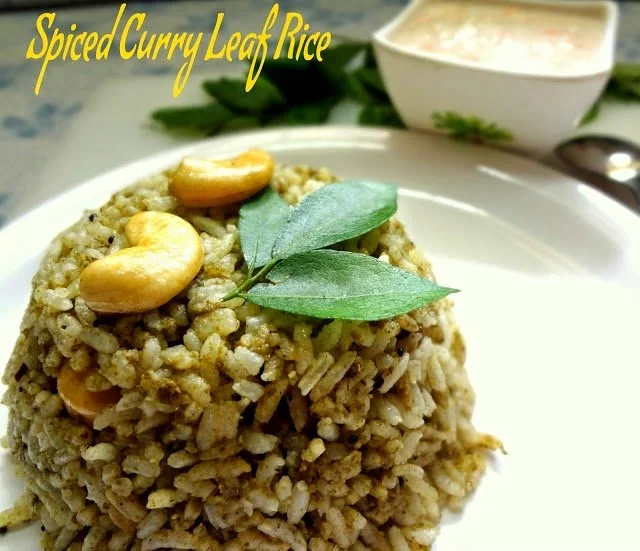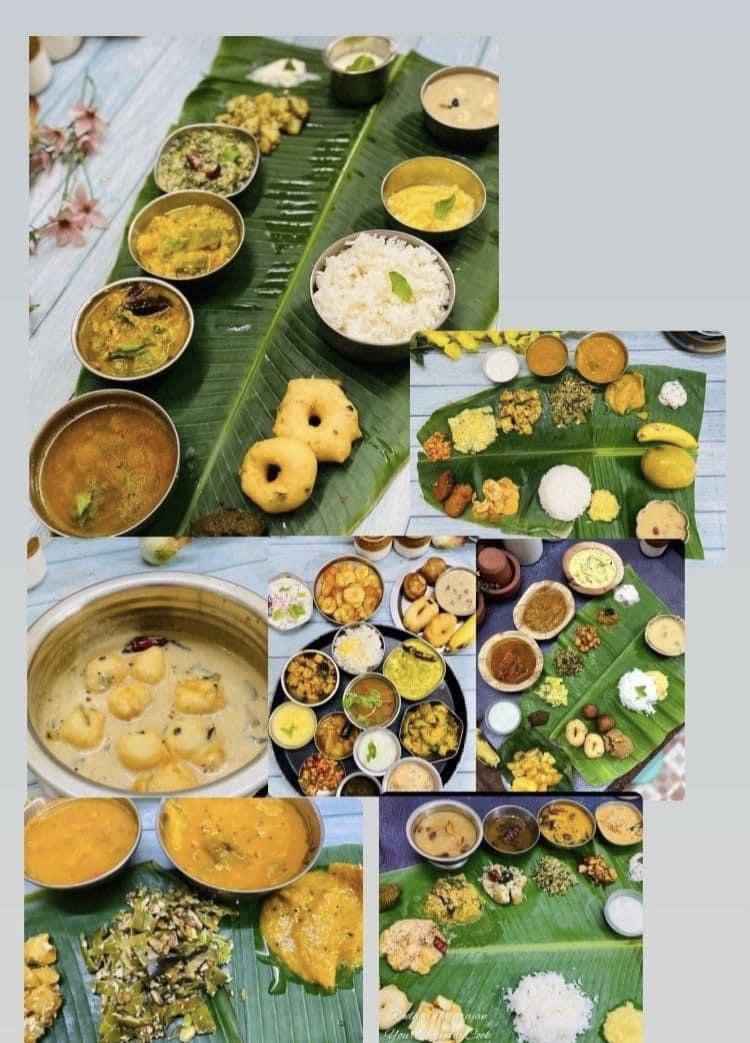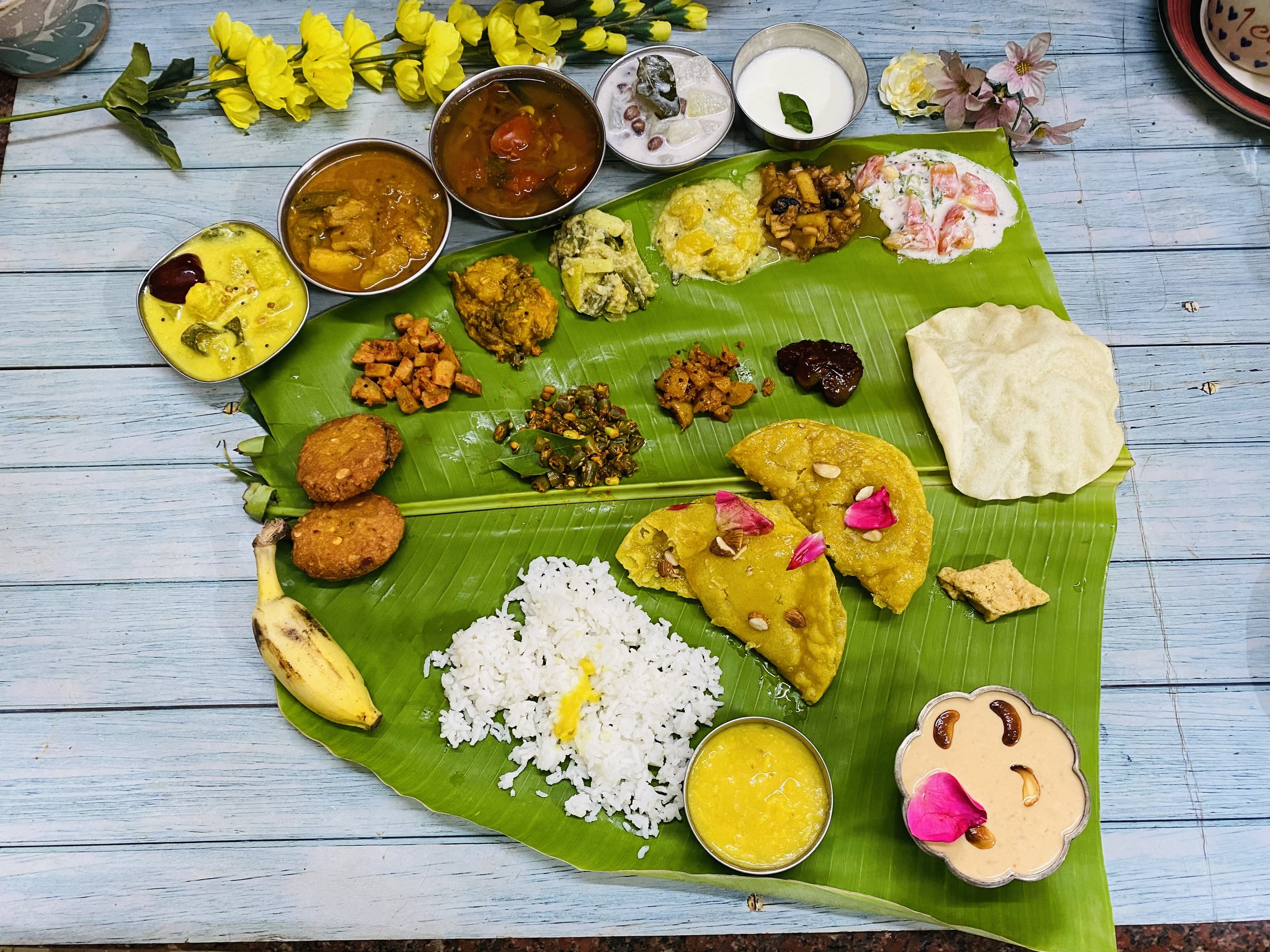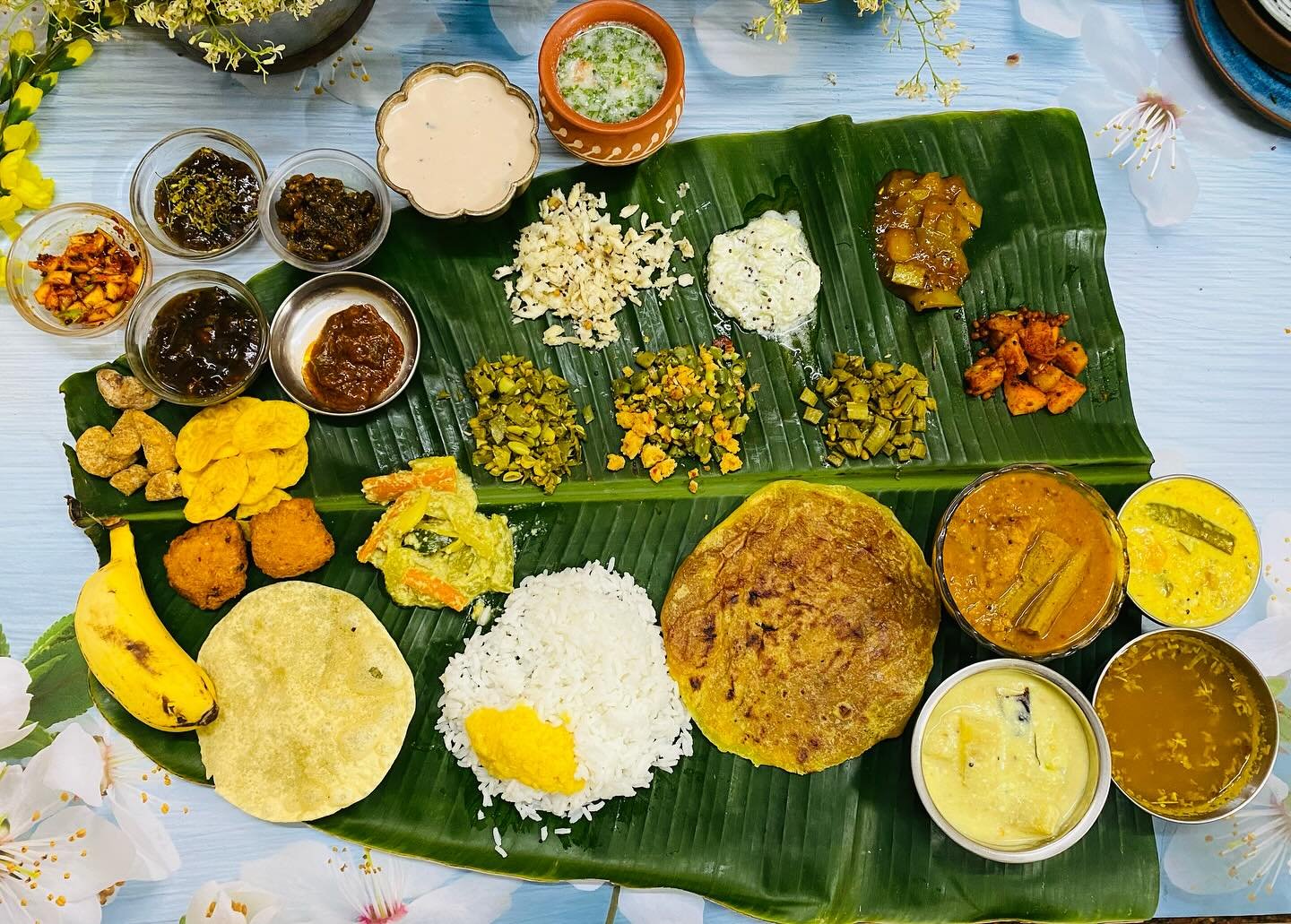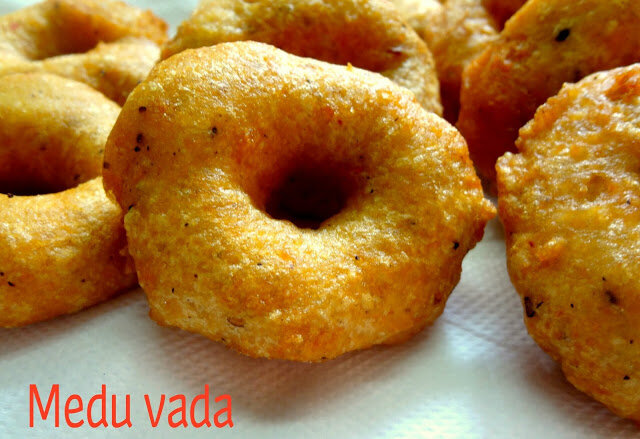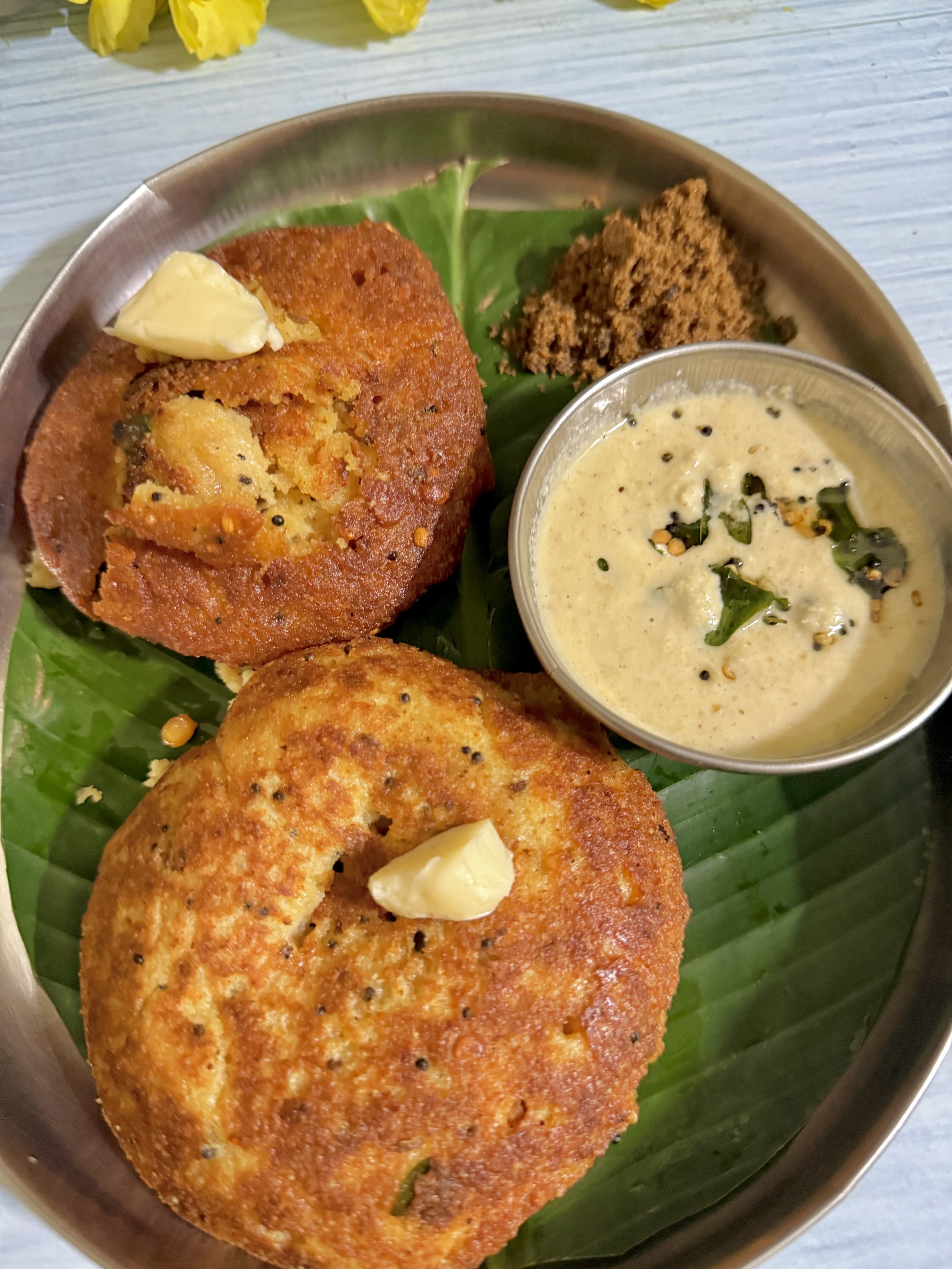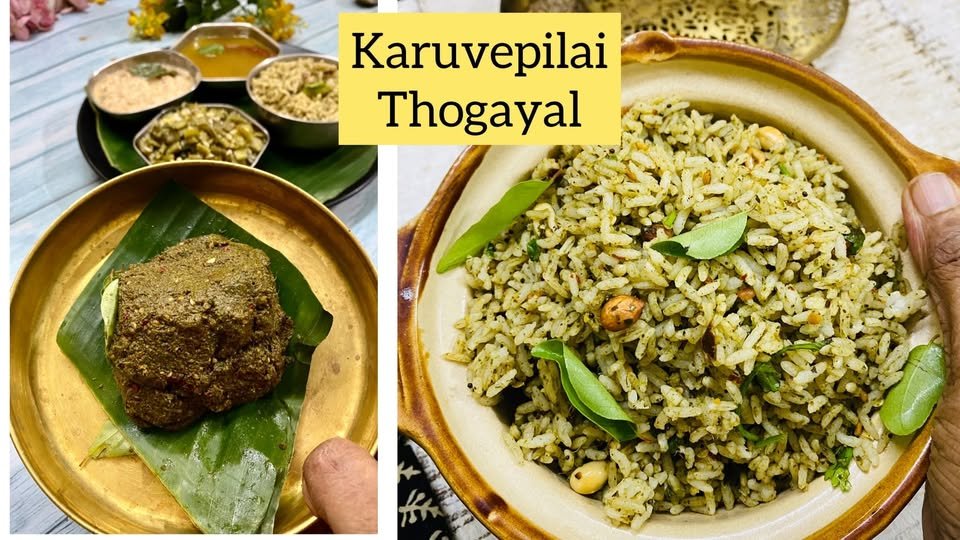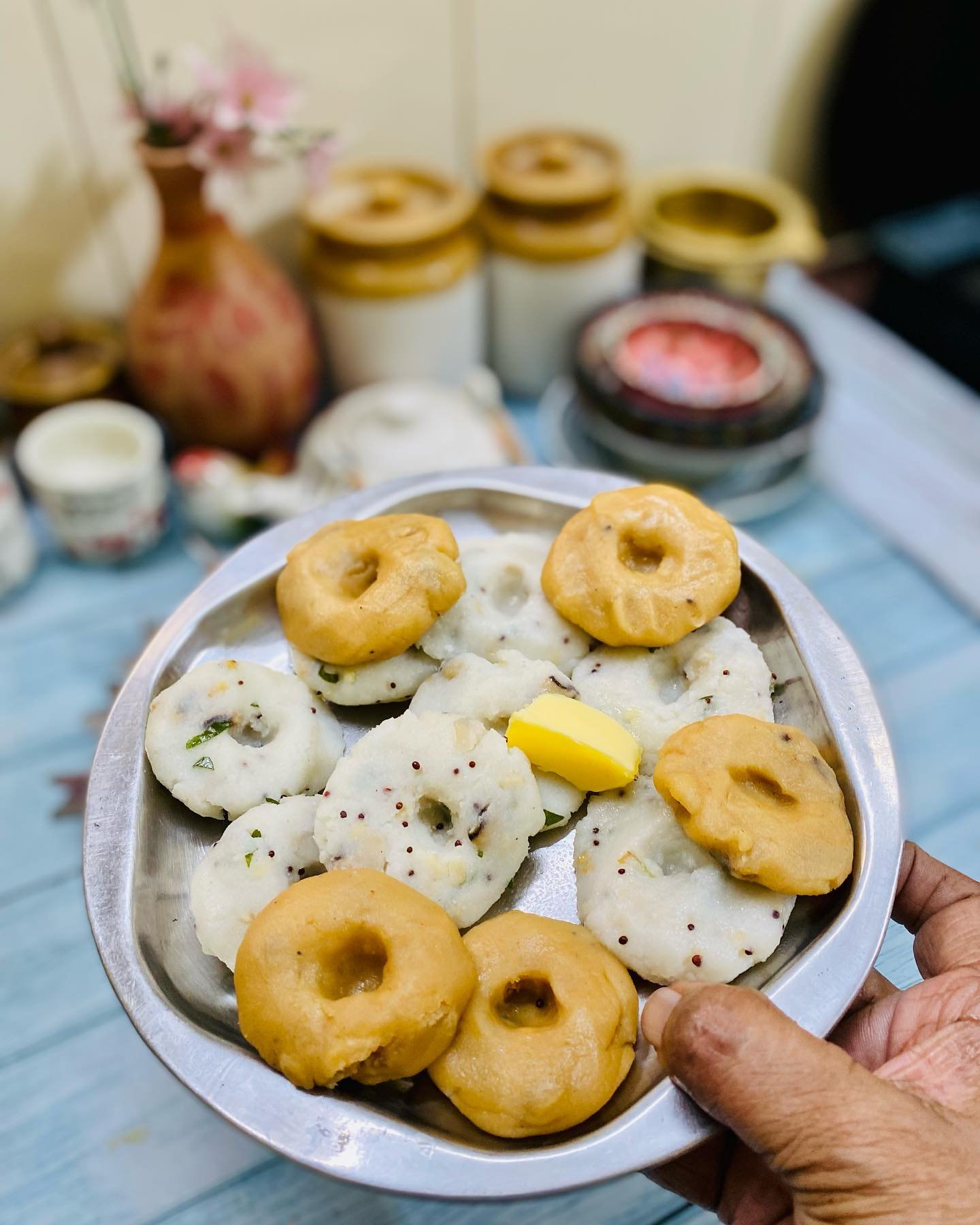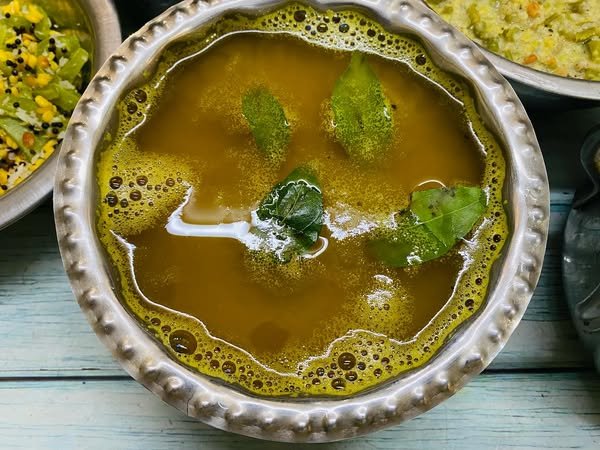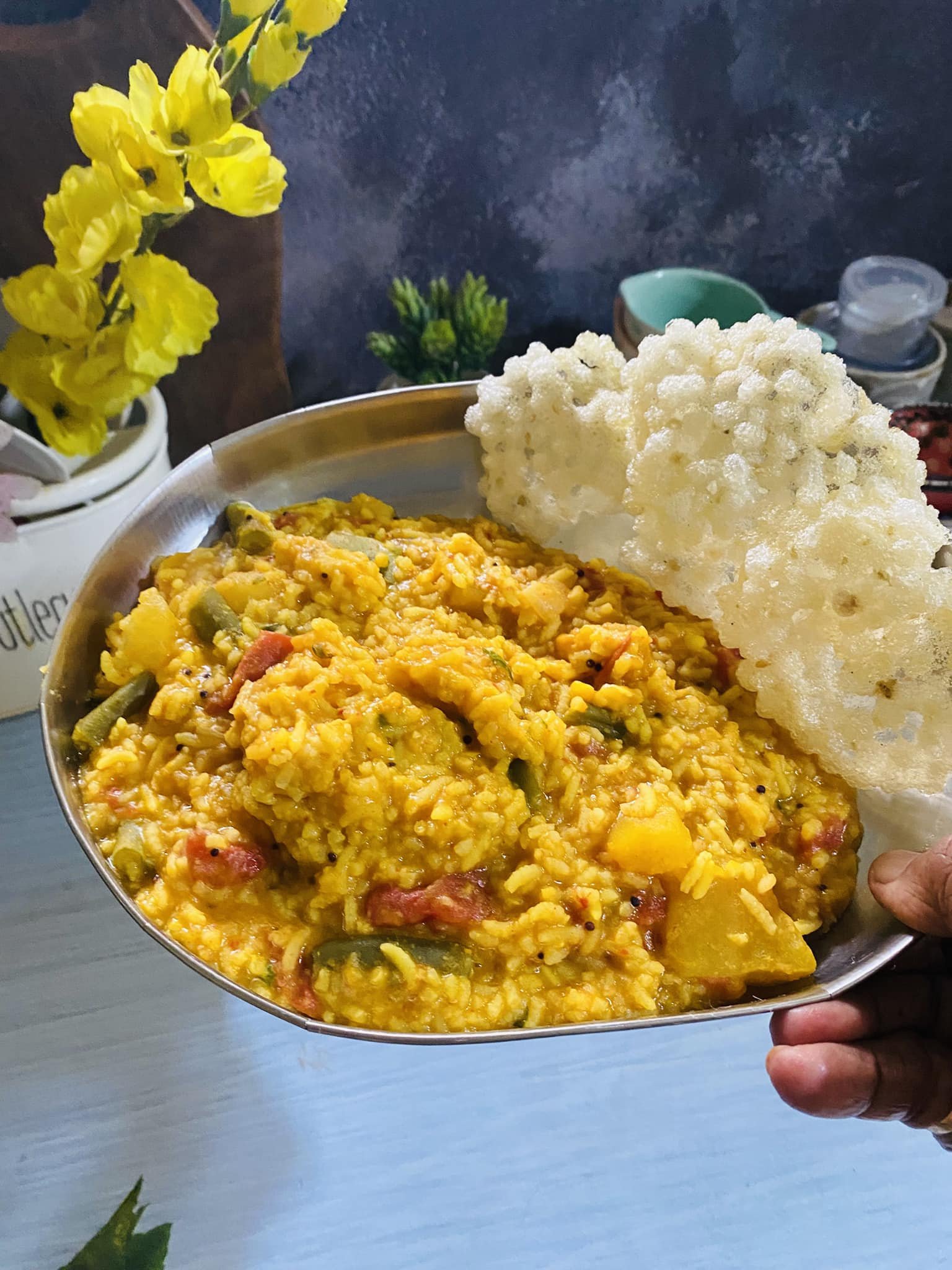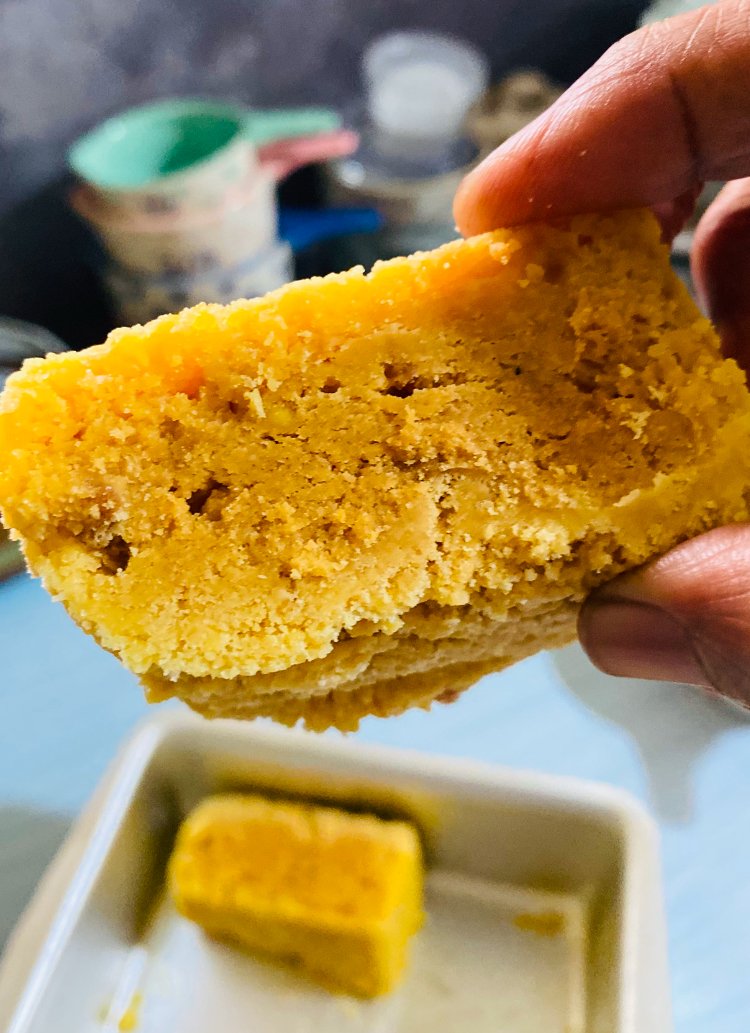Curryleaves Podi
curryleaves podi
The humble curry leaf that grows everywhere threatening to be a weed in some places, (at least in my place) has such wonderful medicinal properties , yet it doesnt get the place of recognition it deserves.
In India as it is found everywhere and can grow with little or no care at all , it has been taken for granted and we tend to take out the curry leaves from the dishes prepared without giving a second glance. It is loaded with such medicinal properties , just a tsp of this every day can solve myriad problems.
Curry leaf has many medicinal properties. It stimulates digestive enzymes and helps break down food more easily. Have a glass of buttermilk mixed with a little hing (asafoetida) with a few curry leaves thrown after meal for good digestion.
Curry leaves have antioxidant properties. They are rich in Vitamin C, and minerals calcium, phosphorus and iron, nicotinic acid.
The aroma that assaults your senses when you enter a South Indian household is that emanating from curry leaves. Curry leaves are used for seasoning in south Indian and West coast Indian cuisine, generally in fresh form. Sometimes it is oven dried or roasted immediately before use. A very common technique of using curry leaves is frying it in oil or butter at the start of the preparation.
So lets see how to prepare a simple curry leaf powder for everyday use.
Ingredients:
1 1/2 cup curry leaves /karuvepillai
2 tbsp bengal gram dal
1/4 cup udad dal
A small piece of asafoetida
1/2 tsp black pepper
1 tsp cumin seeds
6 red dry chillis
2 tsp oil
salt to taste
1 small berry size tamrind
1 tbsp coriander seeds
1tsp cumin seeds
Method
Roast all ingredients with 2 tsp of oil and the curry leaves at the end, till it becomes crisp. Cool well before grinding to powder. Powder coarsely and store in an air tight container..
To use this powder, take around 2 tbsp of the powder, mix with hot rice, add some ghee or sesame oil, mix well.
Enjoy tasty curry leaf rice with some roasted papad or yogurt.
Home remedies and curry leaves
Curry leaves have the qualities of an herbal tonic. It has many herbal medicinal properties and is used widely in Ayurveda for its therapeutic properties.
A few home remedies utilizing curry leaves throughout India are:
Curry leaves are your best bet against morning sickness during pregnancy. Mix lime juice, honey juice or sugar crystals with the curry leaf juice and drink it. This prevents nausea and dry vomiting.
Curry leaves have been used for proper functioning and strengthening of stomach. For this purpose, curry leaf is mixed with finely chopped ginger, mixed with rice and taken early in the morning. This is known to reduce stomach disorders, constipation and even dizziness.
Curry leaves are known to be good for health of your hair. Mix curry leaves in hot oil (coconut oil, mustard oil) and then wait for the curry leaves to turn darker in color. Remove it from heat, let it cool and store in a glass container. Apply this oil on the scalp and let it stay overnight. This prevents premature graying of hair, nourishes the hair root, and also is a growth stimulant for hair.
Curry leaves mixed with asafetida added to butter milk, if taken daily after meals is a good home remedy for improper digestion.
A few curry leaves can be chewed daily to reduce weight.
So, next time you come across curry leaf in a dish, don’t nudge it aside, instead eat it for your lustrous hair, glowing skin and staying healthy.
Curry leaves powder
Curryleaf rice
Medicinal properties of curry leaves in Ayurveda
Gastrointestinal properties:
curry leaves are an herbal tonic which strengthen and promote the function of stomach. They act as mild laxatives. It stimulates the digestive enzymes and helps in the breakdown of food.
Tender curry leaves are useful in dysentery, diarrhea and piles treatment.
Diabetes:
It is used in the treatment of diabetes due to heredity as well as diabetes caused due to obesity. It helps in reducing weight and hence is considered effective in reducing the level of sugar in blood.
It is a potent blood purifier and restorative of the degenerated blood cells.
It helps in the building up and strengthening of liver, and also regulates metabolism of fatty acids.
Hair:
Curry leaves are known to promote hair growth and inhibit premature graying of hair. They bring about the growth of new hair which is healthier with normal melanin pigment.
Burns and bruises: Curry leaves help in healing the burns, bruises and skin eruptions. They are applied in the form of poultices over the affected area of the skin.
Eye:
Fresh curry leaf juice helps in maintaining the health of the eyes. It also prevents the growth of cataract.
Insect bites: the fruits of the citrus curry leaf trees are berries and are edible. They juice of the berries mixed with lime juice is applied over the insect stings and bites of poisonous insects for treatment.
Curry leaves in cancer
Curry leaves have a chemical called mahanin which has been found to be effective against the cure of cancer cells. It causes controlled cell death.
Curry leaves due to the presence of this chemical can cause selective death of prostate cancer cells. They are coming up as a new chemotherapeutic treatment of prostate cancer.
Curry leaves in diabetes
Curry leaves are considered a good tonic for the spleen and pancreas and increase the number of cells of the islet of Langerhans which form insulin.
Curry leaves are rich in minerals and trace minerals such as iron, zinc and copper which are known to play a role in maintaining normal glucose levels in the blood. Hence, curry leaves may be effective in the treatment of diabetes.
Curry leaves are also significant in carbohydrate metabolism and restore the functions of liver and kidney enzymes which bring about the breakdown of carbohydrates.
Curry leaves in hair and skin care
Curry leaves are also known to induce hair growth and the new hair follicles are normal with normal concentration of pigments.
Ortho massage oil: It is a pure herbal formulation which provides relief in arthritis, rheumatism, gout, paralysis, low back pain, rickets, removes swelling and frozen shoulder and other neuro muscular pain.
source WIKI




